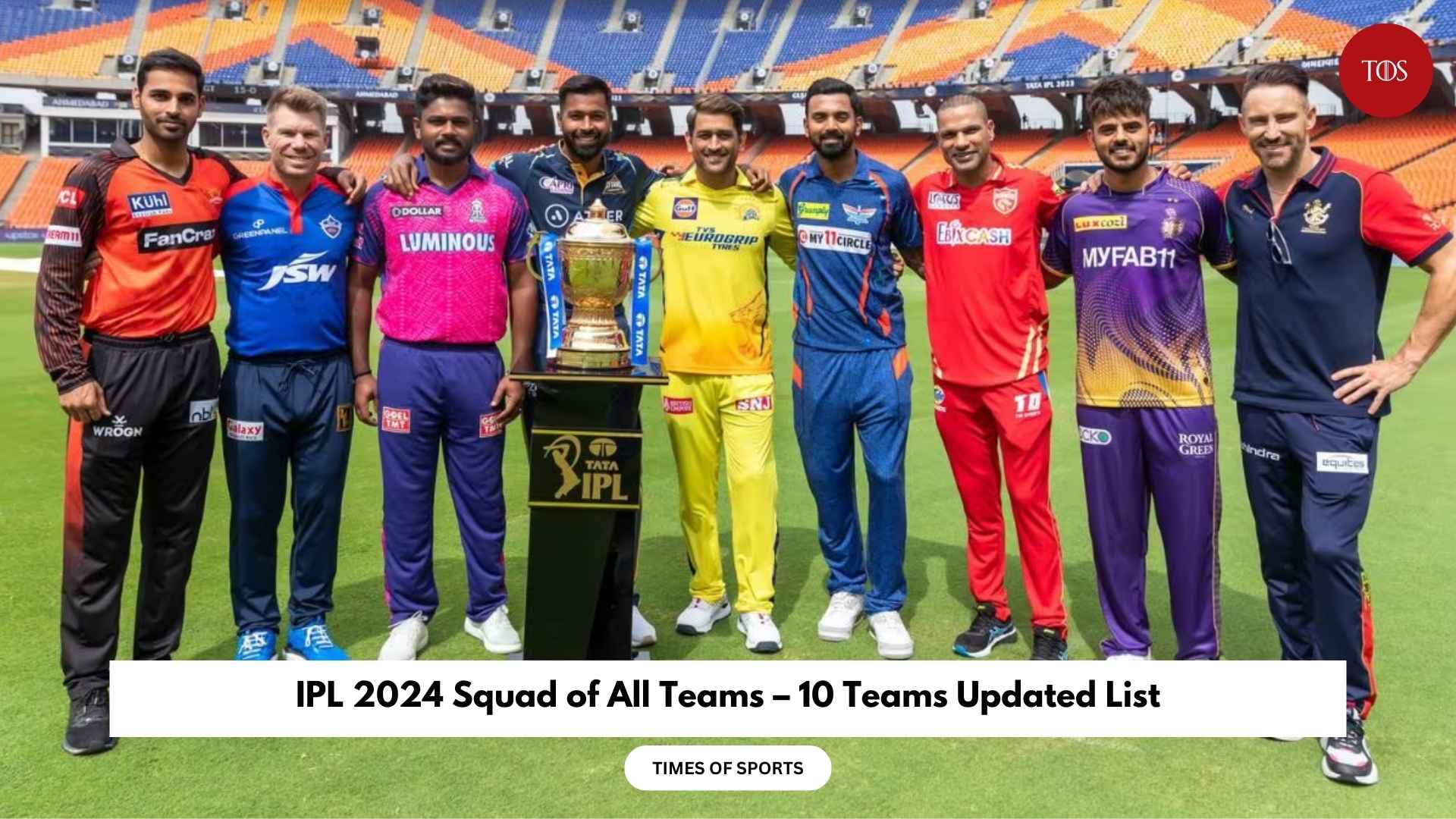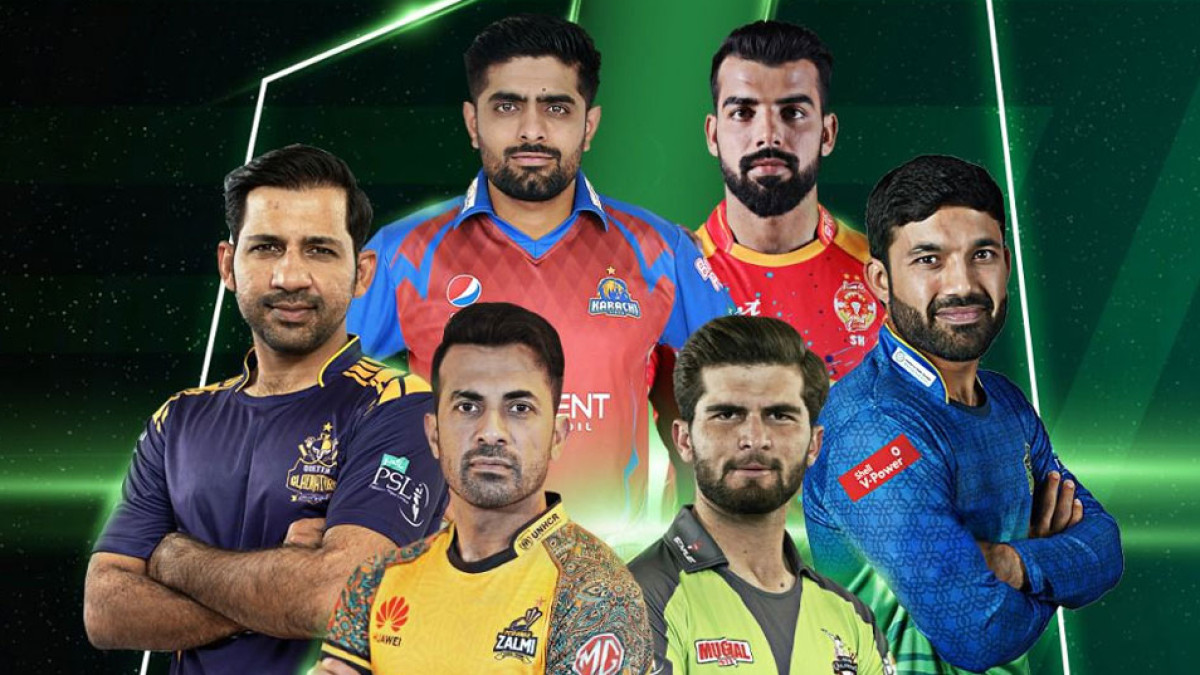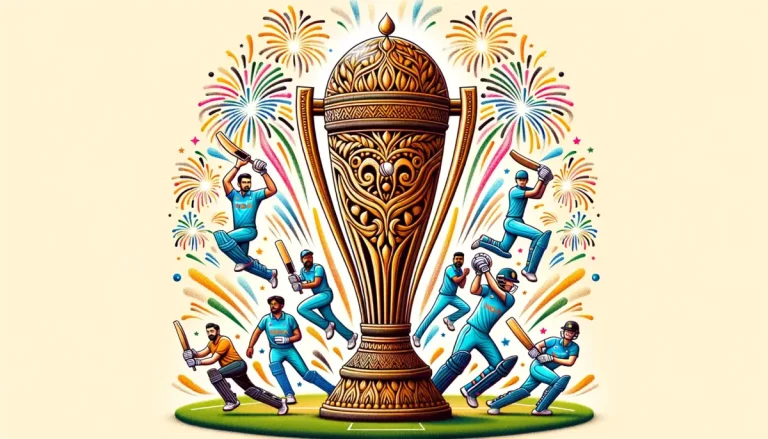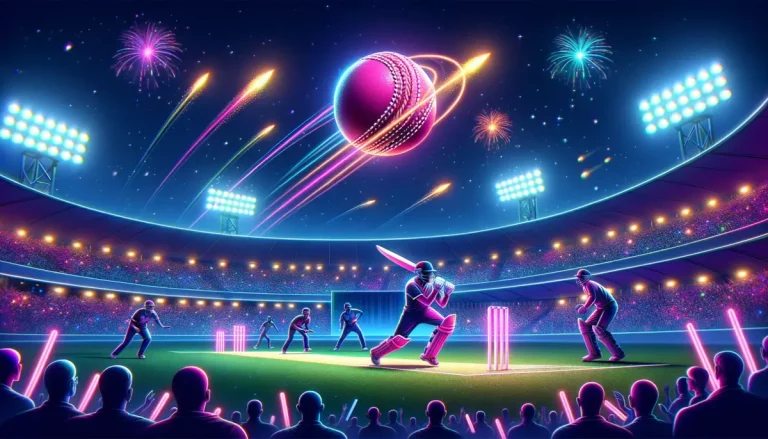Clash of Titans: IPL vs PSL Showdown
The Indian Premier League (IPL) has set the gold standard for domestic T20 cricket competitions worldwide, consistently breaking new records.
Its monumental success has not only been a victory for the Board of Control for Cricket in India (BCCI) but also served as inspiration for cricket boards globally to start their own T20 leagues.
Get up to ₹20,000 Bonus Every Week!
Get up to ₹20,000 Bonus Every Week!
- Easy Sign-Up and Deposits
- The Biggest Bonuses in India
- Available in four different Indian languages
Following the IPL’s blueprint, Cricket Australia launched the Big Bash League (BBL), and the Pakistan Cricket Board (PCB) introduced the Pakistan Super League (PSL).
Despite new entrants, the IPL continues to dominate the T20 landscape, leading in revenue, player salaries, and prize money.
Key Takeaways
Hide- Historical Context: The IPL was established in 2008, inspired by India's T20 World Cup win, while the PSL was launched in 2015 to showcase Pakistan's cricketing talent.
- Team Composition: IPL has expanded to ten teams, whereas PSL features six teams, with both leagues incorporating international and local players.
- Format Similarity: Both leagues adopt a double round-robin format followed by playoffs, although the number of teams differs.
- Financial Contrast: The IPL leads in terms of revenue, player salaries, and prize money, reflecting its global dominance in T20 cricket.
- Star Players: Both leagues feature cricketing legends and emerging talents, enhancing their competitive and entertainment value.
- Auction Dynamics: The IPL auction attracts significant attention and investment, underscoring the league's financial muscle, while the PSL draft emphasizes strategic team building within its economic framework.
- Cultural Impact: Both the IPL and PSL have significantly contributed to the global popularity of T20 cricket, each with its unique cultural and economic impact on the sport.
Clash of Titans: IPL vs PSL Origins
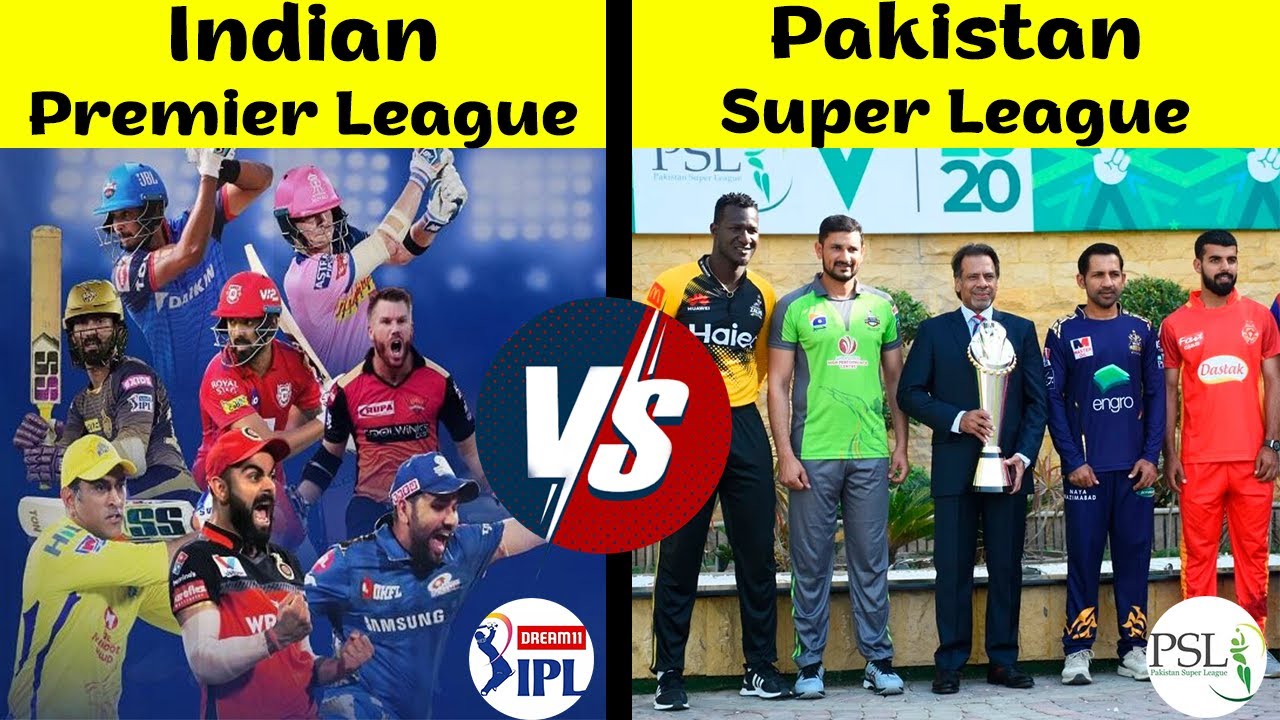
The IPL burst onto the scene in 2008, thanks to the BCCI’s vision and Lalit Modi’s initiative, post India’s T20 World Cup triumph.
An auction setting up the teams marked its grand beginning, with franchises valued at around $400 million.
Kolkata Knight Riders and Royal Challengers Bangalore played the inaugural match, setting the stage for a cricketing revolution.
On the other hand, the PCB’s persistent efforts bore fruit with the PSL’s launch in 2015. Initial franchises sold for US$93 million over a decade, signaling a promising start.
Ambassadors like Wasim Akram and Ramiz Raza lent their support, and the league kicked off in the UAE, showcasing Pakistan’s cricketing resurgence.
The Format Faceoff: IPL vs PSL Showdown
Initially, eight teams competed in the IPL, which expanded to ten with the addition of Gujarat Titans and Lucknow Super Giants.
A rigorous league stage leads to an exciting playoff, where the top four battle for supremacy in a high-stakes finale.
Conversely, the PSL started with five teams, later welcoming Multan Sultans for a total of six. It mirrors the IPL’s format with a double round-robin stage, culminating in a playoff where the best teams vie for the title.
Record Breakers and Game Changers: IPL 2024 Auction Highlights
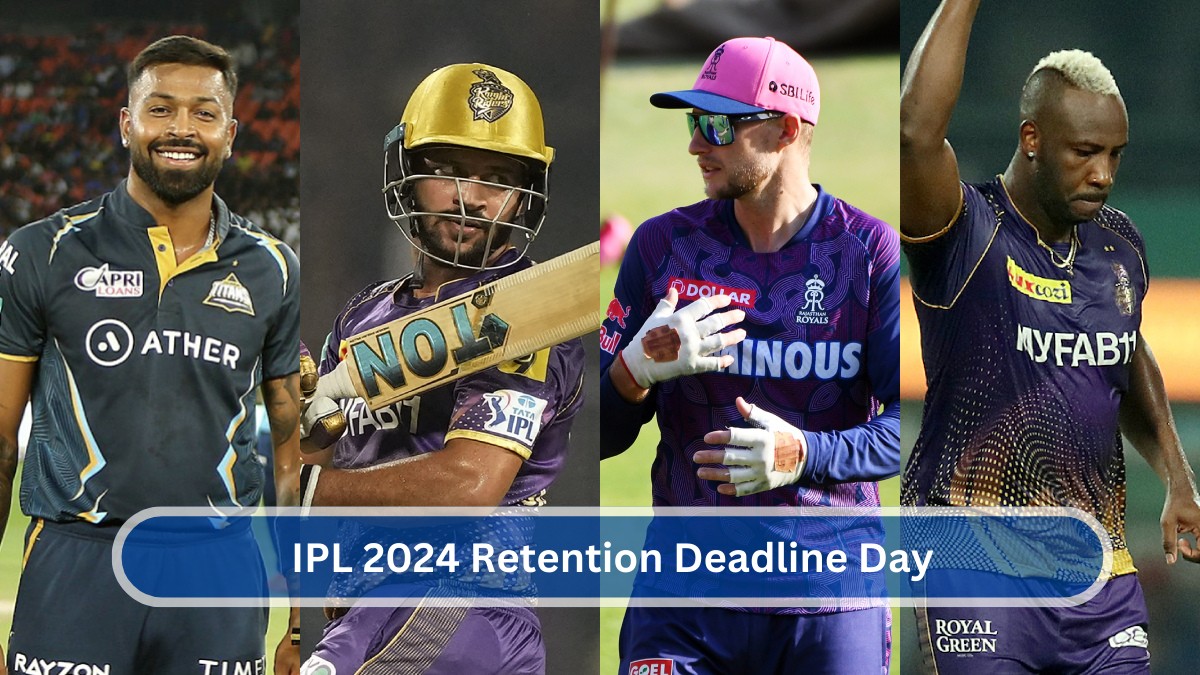
The IPL 2024 Auction, held in Dubai, was a spectacle of strategic bidding as ten franchises vied for top talent among 332 players.
Australian bowlers Mitchell Starc and Pat Cummins made headlines with bids surpassing Rs 20 crores, showcasing the league’s financial muscle.
In contrast, the PSL 2024 Draft saw six franchises picking from a pool of 485 players, highlighting a different approach to team building but with no less excitement.
Team Rosters: IPL vs PSL Powerhouses

The IPL boasts ten formidable teams, including the Mumbai Indians, Chennai Super Kings, and Kolkata Knight Riders, among others.
Meanwhile, the PSL’s lineup features six competitive teams like the Karachi Kings and Lahore Qalandars. Each league has its unique strengths, with team strategies and fan bases as diverse as the game itself.
Earnings and Market Valuation: IPL vs PSL Financial Scorecard
The BCCI hit a six with Rs 107.5 crore earnings per game from TV and live streaming rights in the Indian subcontinent, totaling a whopping $10.9 billion for the 2023-2027 broadcast rights.
On the other side, the PCB scored well with PKR 5.62 billion in revenue during PSL 2023. Although the IPL significantly outpaces the PSL in earnings, both leagues play crucial roles in the cricketing ecosystem.
Payday Prospects: IPL vs PSL Player Salaries

In 2022, the IPL’s prize pool stood unmatched, with the champions pocketing INR 20 crore and the runners-up INR 12.5 crore. This staggering prize money underscores the IPL’s global dominance in cricket.
The PSL, while growing, awarded its 2022 champions, Lahore Qalandars, nearly INR 3.4 crore, with the runners-up receiving about INR 1.5 crore. Though smaller in comparison, these figures highlight the PSL’s rising stature.
The IPL’s financial allure is unmatched, making it the most lucrative cricket league. For instance, Shivam Mavi’s auction price alone dwarfed the PSL 2022 champions’ prize. KL Rahul’s record salary further exemplifies the IPL’s economic might.
In the PSL, top-tier players earn up to USD 170,000, showcasing the league’s competitive spirit. Stars like Babar Azam and Shaheen Afridi exemplify the talent thriving in Pakistan’s premier T20 league.
Star Players’ Payday: IPL 2024 vs PSL 2024 Salary Slam
At the IPL 2024 Auction, stars like Mitchell Starc and Pat Cummins fetched bids of Rs 24.75 and Rs 20.50 crores respectively, setting new salary benchmarks.
Conversely, the PSL’s Platinum Category players, including fan favorites like Babar Azam and Shaheen Shah Afridi, earn up to $170,000, showcasing the league’s commitment to rewarding top talent.
The Prize Money Face-Off: IPL vs PSL Rewards Galore
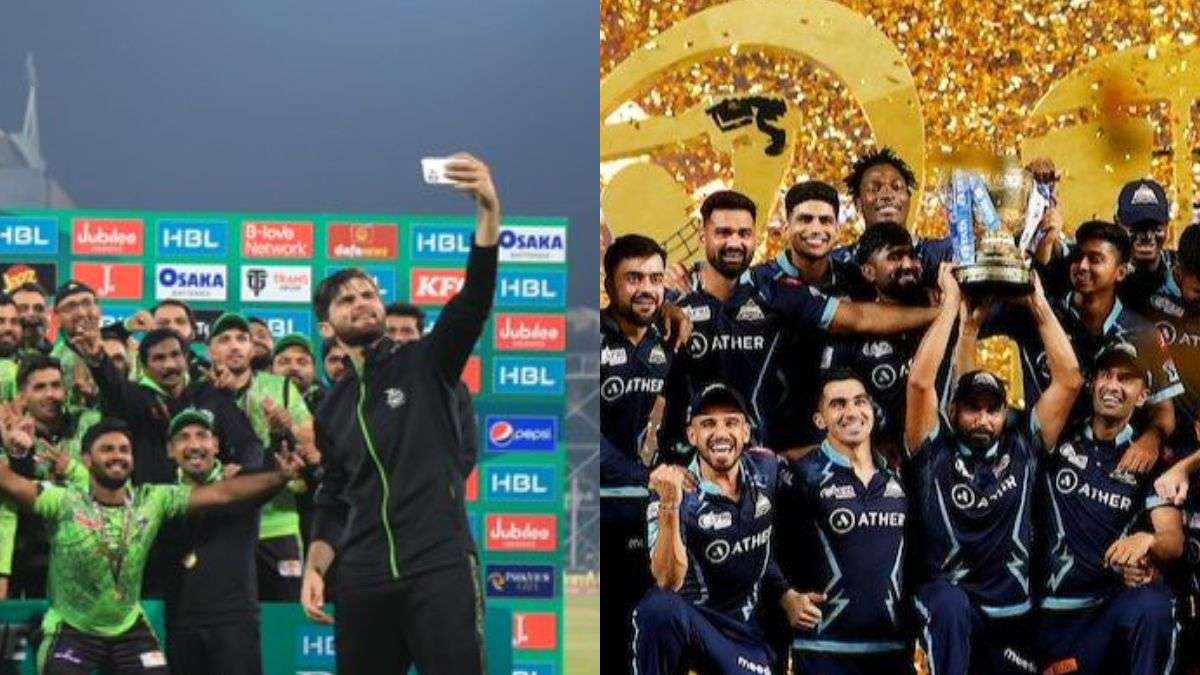
The IPL 2023 winner took home a handsome Rs 20 crore, while the runner-up received Rs 12.5 crore. The PSL 2023 champions were awarded Rs 3.5 crore, with the runner-up getting Rs 1.37 crore.
These figures not only reflect the financial health of both leagues but also the significant rewards that teams compete for.
This showdown between the IPL and PSL reveals not just a competition of leagues but a celebration of cricket’s global appeal, showcasing the sport’s ability to unite fans, players, and nations in a thrilling display of talent, strategy, and passion.
200% Spribe Aviator Welcome Bonus
200% Spribe Aviator Welcome Bonus
- Fastest Indian Rupees Withdrawals
- The Biggest Bonuses in India
- 300% Welcome Bonus up to ₹10,000
Battle of the Bonuses: IPL vs PSL Individual Awards
The IPL lavishes its standout performers with the Orange Cap, Purple Cap, and the Most Valuable Player award, each fetching INR 10 lakhs. These accolades celebrate exceptional talent and contributions throughout the season.
Similarly, the PSL rewards its top scorer and leading wicket-taker with INR 3.75 lakhs each. The Player of the Tournament earns nearly INR 14.1 lakh, slightly edging out the IPL’s MVP prize, reflecting the PSL’s commitment to honoring cricketing excellence.
Frequently Asked Questions (FAQs)
What are the origins of the IPL and PSL?
The Indian Premier League (IPL) was inaugurated in 2008, following India’s T20 World Cup victory, initiated by the BCCI and Lalit Modi. The Pakistan Super League (PSL) was launched in 2015 by the Pakistan Cricket Board (PCB), marking a significant step in showcasing Pakistan’s cricketing talent on a global stage.
How do the formats of IPL and PSL compare?
The IPL currently features ten teams, expanding from its original eight, and follows a league stage leading to a high-stakes playoff. The PSL began with five teams, now has six, and mirrors the IPL’s format with a double round-robin leading to playoffs, where the top teams compete for the championship.
How do player salaries and prize money in IPL and PSL compare?
The IPL is known for its high player salaries and prize money, with champions receiving INR 20 crore in 2023. In contrast, the PSL’s top players earn up to $170,000, with its champions awarded nearly INR 3.4 crore, reflecting the growing stature of the league but also the financial disparity between the two.


